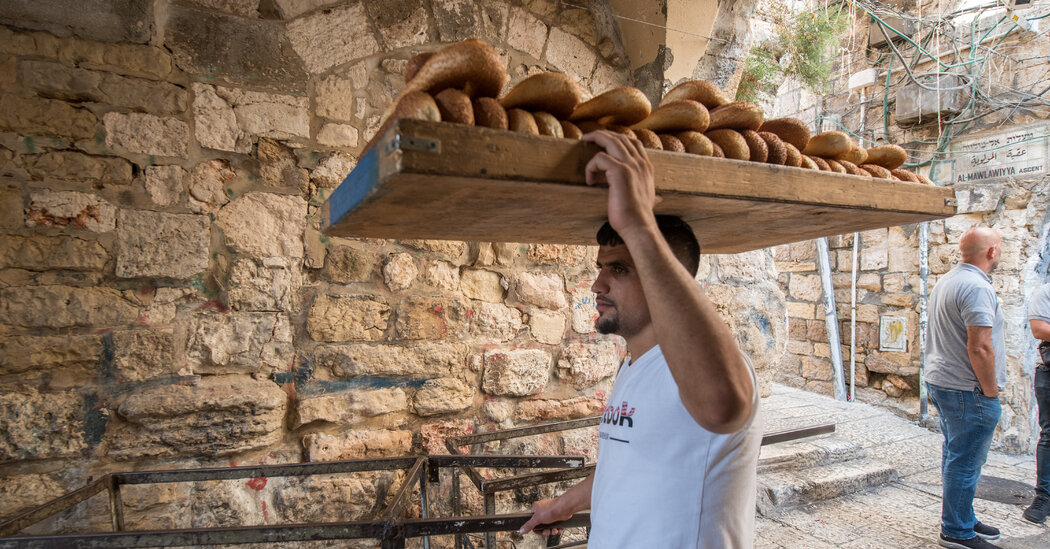There is perhaps no other city in the world where you can hear three languages spoken by the locals to a soundtrack of church bells, the voice of the muzzein and the chatter of tourists from every corner of the globe. But Jerusalem, where I grew up in a Palestinian family, is also two universes within each other: one inhabited by its residents, another reserved for those briefly passing through its arched alleyways.
And while locals happily share the city’s famous landmarks with visitors, we tend to guard its less familiar treasures, particularly when it comes to food, for our own enjoyment.
As a traveler, there is nothing I like better than to have a friend who grew up in the area I’m visiting take me to its real food spots, like the hole-in-the-wall restaurant, maybe even lunch counter, whose owner doesn’t speak a word of English, and whose regular patrons include the 10th-generation neighbor who lives down the street. Then, every pit stop and meal feels like being ushered into a place, which, even if many get to visit, few really get to experience in its full glory. This guide to Palestinian food spots in Jerusalem’s Old City is that friend.
The Old City is divided into four quarters — Muslim, Christian, Armenian and Jewish — although the streets often intertwine and overlap, making it hard to delineate exactly where you are. The majority of these food stops are in the Muslim quarter (best entered through Damascus Gate), with some bordering the Christian one. Most do not have addresses and there’s even disagreement about the names of the streets they are on. A map application will not serve you well in the winding paths of this millennia-old town. Your best guide? The vendors seated outside their store fronts. Simply ask for one of these places by name and they will tell you exactly where to walk, where to climb stairs and how many left or right turns to make.
These places take only cash and no meal will cost you more than $10.
Start at Damascus Gate
You do not need directions to find the women farmers seated on the ground flanking the entry through Damascus Gate. Up by the crack of dawn, they make their way from surrounding villages with seasonal produce they harvest from their fields. Depending on the season, you might be in luck with the sweetest summer figs, cactus pear and mulberries you’ll ever taste. In the late fall and early winter, you have raisins and a delicious nut-filled grape leather known as malban, but you also enter olive…
Click Here to Read the Full Original Article at NYT > Travel…
